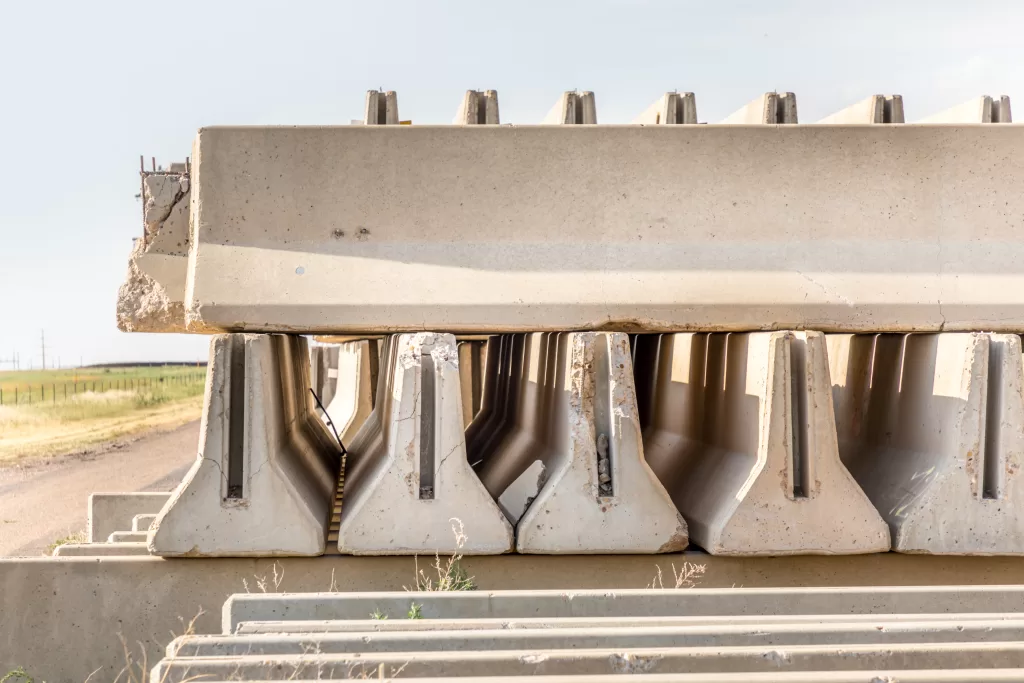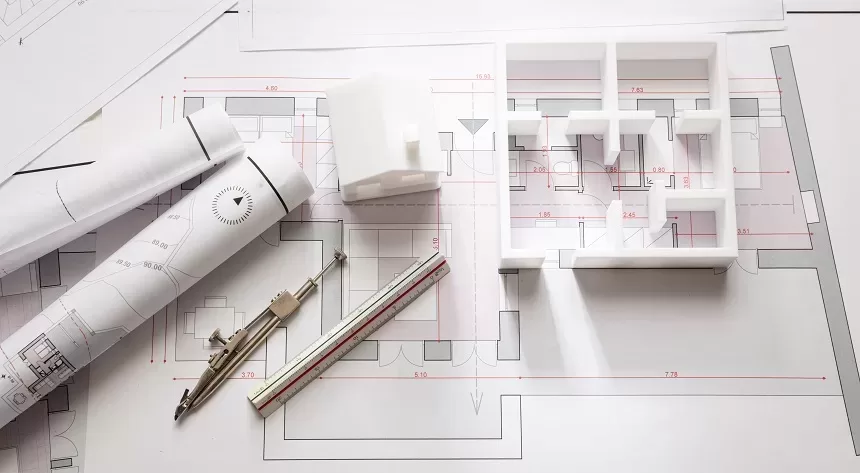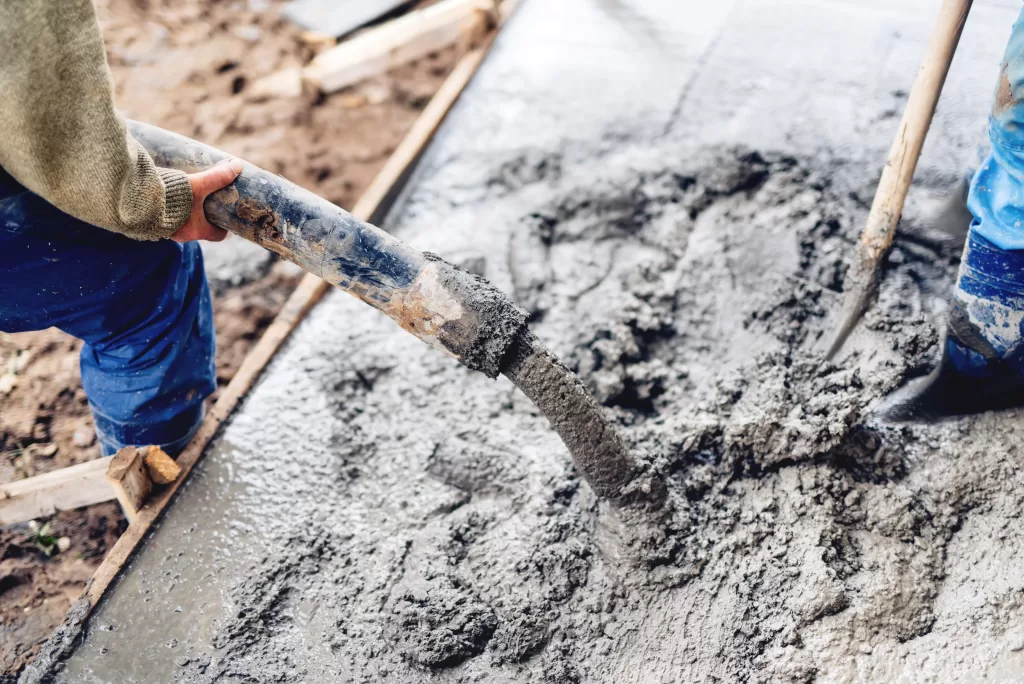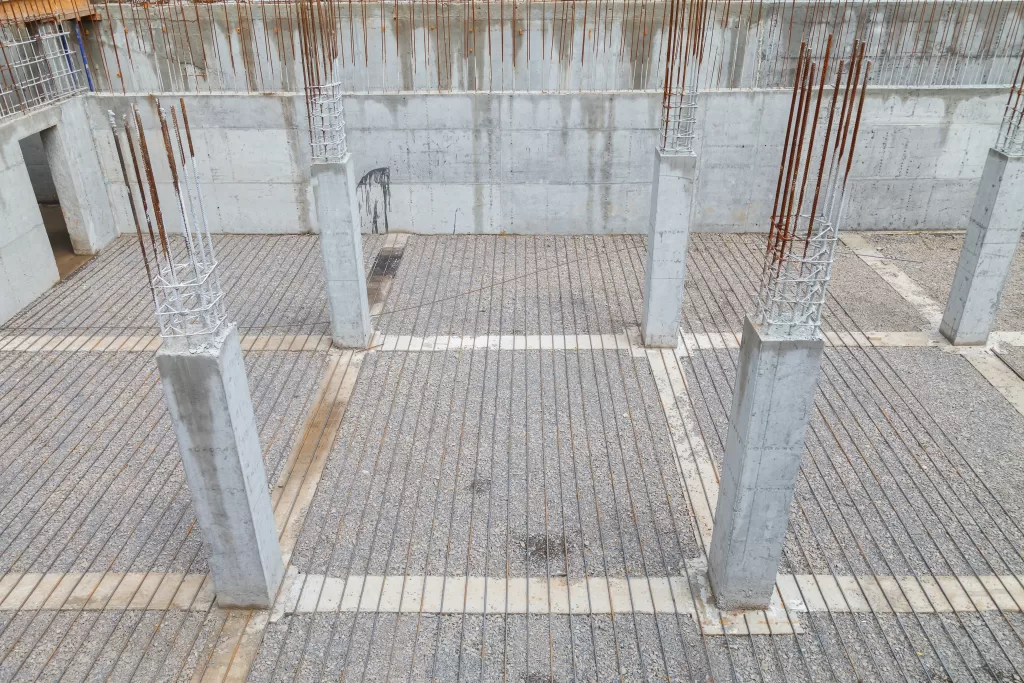Concrete with high compressive strength is used in construction to build strong structures. The hardened concrete can shrink or expand due to the ambient temperature changes. If the concrete does not have adequate space to shrink or expand, it can cause structural damage. This is where joints play an important role. Here, you can get information on the different types of construction joints.
Types of Joints in Civil Engineering
A construction joint restricts vertical and rotational movement, but it allows horizontal movement; thus, preventing premature structural failure. In simple terms, joints in concrete are nothing but tactful tools to increase the longevity of a structure. Different types of construction joints increase the structure’s ability to bear load and prevent or delay major cracks in the concrete. Some of the most common joints are explained below:
Construction Joint
These types of joints are placed to join an old slab of concrete with a new one. Construction joints are generally placed according to a predetermined joint layout. However, they may also be required in case unprecedented events halt the building process, such as lack of materials and unavailability of labour. Construction joints can also be of different types; some of the most common ones are mentioned below:
Butt-type construction joint:
two sections of concrete joined together with bonding material
Tongue-and-grove construction joint:
two concrete slabs with a groove in one and a matching bulge in the other
Butt-type construction joint with dowels:
concrete slabs with a dowel inserted in the middle of the two
Butt-type construction joint with tie bars:
concrete slabs with a deformed tie bar with spike-like bulges
Expansion Joint or Isolation Joint
Due to several factors, the volume of concrete may change over time. For example, certain level of heat exposure can cause the concrete structure to expand. Thus, proactively installing a joint to provide enough space for expansion in the concrete slab can help alleviate the stress. The interval between two expansion joints and their need is usually determined by the civil engineer in the planning stages of the project. This type of joint in construction is installed to create a gap between the building parts.
Contraction Joint
Concrete planes are prone to inevitable cracks in certain areas. Anticipating these cracks and setting up a mechanism to control them can help the engineer build a solid structure. To minimise the risk of concrete cracks in a problematic fashion, contraction joints are created. Also known as control joints, these joints are basically a grove that is manually created in the structure using a saw or other tools to regulate the location of the crack. The risk of unregulated cracks is big enough to demand a renovation of the structure either entirely or in a large part.
Why Are Joints in Concrete Necessary in Building Projects?
There are three primary reasons for placing joints in concrete:
-
- To manage shrinkage that can occur over time as hardened concrete loses moisture
-
- To manage expansion or contraction caused by temperature changes
-
- To manage movement that can occur due to gravity over time, vibrations in the earth’s surface or other factors
Large-scale projects generally require a significant amount of time to complete, and the process involves building the structure in small segments. Similarly, the pouring of concrete cannot be done in a single session due to time constraints; thus, joints in construction are necessary. Additionally, it makes logical sense to divide a large unit of building into small sections as they will be easy to maintain and repair if required.
Although joints in construction are highly functional, they are also a weak spot in the structure. If the proportions of the concrete mixture are off by the slightest, for example, it can be disruptive for the project and will likely end up burning precious resources. Thus, quality materials, frequent rechecks, and proper design and planning are crucial for the successful completion of a project.
Quality control ensures the optimum output for any structure in terms of strength and stability. By partnering with one of the leading cement producers in India, you can build a strong structure. JK Cement offers superior quality and strong cement crafted to impart incredible durability to any structure.
FAQs
How do environmental factors, such as temperature, impact the design of construction joints?
Concrete contracts when the temperature decreases and expands when the temperature rises. Placing an expansion joint allows room for this change in volume to occur in a safe manner without jeopardising the integrity of the structure.
What precautions should be taken during construction joint preparation and pouring to ensure their effectiveness?
It is extremely important to ensure that the joint face is cleaned with a jet of compressed air, for example, to remove all foreign material right before sealing.
What are the common mistakes to avoid when dealing with construction joints?
Here are some common mistakes that you must avoid in order to ensure the structure remains durable:
-
- Incorrect placement of steel during construction
-
- Creating grooves larger than 1/4th of the concrete’s thickness for control joints
-
- Grout leakage
-
- Poor compaction
-
- Not performing routine, preventive maintenance
What maintenance is required for construction joints in the long run?
To ensure that the structure remains strong, engineers may visit the site at regular intervals (usually a few years) and check for any joint failure, water drainage problems, joint separation, and extent of cracks. Any minor repairs, including cross-stitching, edge-joint sealing, and dowel bar retrofit, are usually performed shortly after the inspection.














